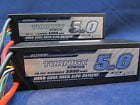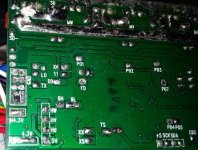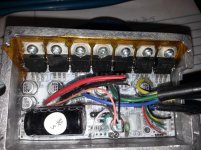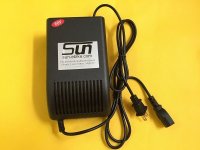spdas
100 W
Aloha, I can bump it up to 59v to see what happens. Here is more of a description of what is happening.
During acceleration, I can see 500-600 or so watts. Then as the speed increases, the watts drop and hover around 350w and get to 11mph. The motor lurches and "hunts" back and forth 11-12 mph. Wanting to increase and cutting back...Weird.
francis
During acceleration, I can see 500-600 or so watts. Then as the speed increases, the watts drop and hover around 350w and get to 11mph. The motor lurches and "hunts" back and forth 11-12 mph. Wanting to increase and cutting back...Weird.
francis





